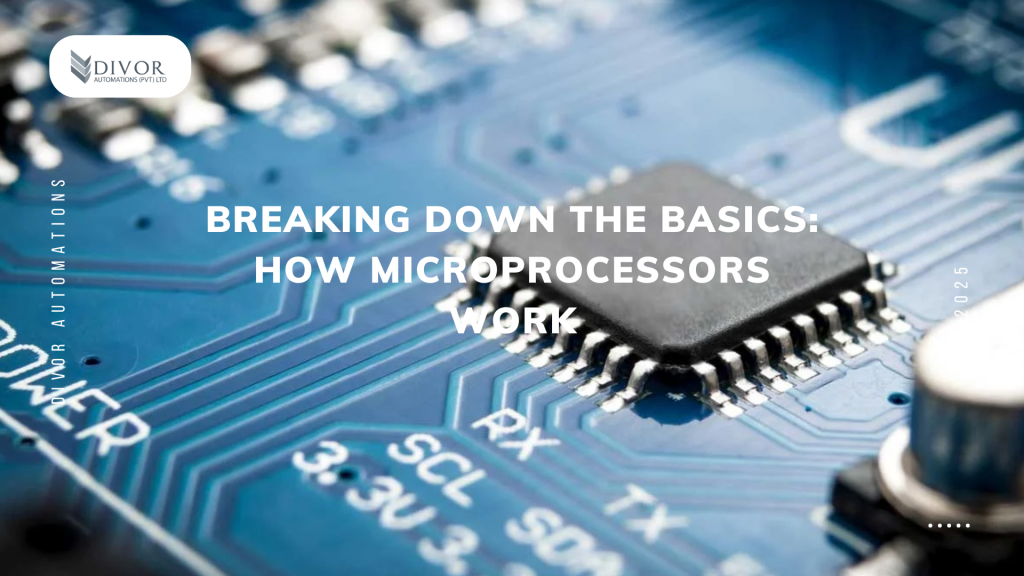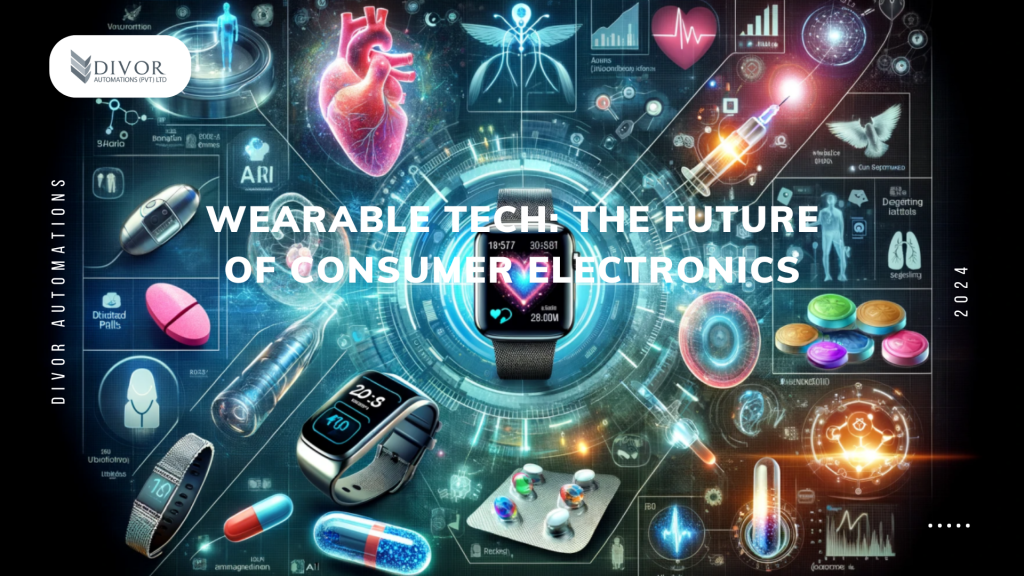Electronics have transformed the world, revolutionizing communication, computation, and countless other aspects of daily life. This journey, from the clunky vacuum tubes of the early 20th century to today’s ultra-efficient AI chips, represents a fascinating story of innovation, problem-solving, and human ingenuity.
The Birth of Modern Electronics: The Vacuum Tube Era
The journey of modern electronics began in the early 1900s with the invention of the vacuum tube. These devices controlled electric current in a high-vacuum environment and served as the first amplifiers and switches in electronic circuits.
Key Milestones of the Vacuum Tube Era:
- 1904: John Ambrose Fleming invented the vacuum tube diode, which allowed current to flow in one direction.
- 1906: Lee De Forest introduced the triode, enabling amplification of electrical signals, which played a critical role in early radio broadcasting.
- 1940s: Vacuum tubes powered the first generation of computers, like the ENIAC, but their large size, heat generation, and fragility posed significant limitations.
Despite their drawbacks, vacuum tubes laid the foundation for the electronics industry, enabling early advances in communication, computing, and broadcasting.
The Rise of Semiconductors: The Transistor Revolution
The invention of the transistor in 1947 by John Bardeen, Walter Brattain, and William Shockley at Bell Labs marked a turning point in electronics. Made from semiconducting materials like silicon, transistors offered a smaller, more durable, and energy-efficient alternative to vacuum tubes.
Impact of the Transistor:
- Miniaturization of electronic devices.
- The creation of portable radios and early computers.
- Formation of Silicon Valley as the hub of semiconductor innovation.
By the 1960s, transistors were integrated into integrated circuits (ICs), combining multiple components onto a single chip. This advancement propelled the development of compact and powerful devices, from calculators to early space exploration systems.
The Age of Microelectronics: Integrated Circuits and Microprocessors
The 1970s ushered in the era of microelectronics, with the development of the first microprocessor, the Intel 4004, in 1971. Microprocessors integrated the functions of a central processing unit (CPU) onto a single chip, marking the beginning of personal computing.
Key Advancements in Microelectronics:
- 1980s: The rise of personal computers, with companies like Apple and IBM introducing user-friendly systems.
- 1990s: The proliferation of consumer electronics, from gaming consoles to mobile phones.
- Moore’s Law: Coined by Gordon Moore, it predicted the doubling of transistors on a chip every two years, driving exponential growth in computing power and efficiency.
Microelectronics enabled the miniaturization of devices while simultaneously increasing their functionality, paving the way for modern smartphones, laptops, and more.
The Digital Revolution: The Role of Software in Electronics
As hardware evolved, software became a critical component in unlocking the potential of electronic devices. Operating systems, programming languages, and applications transformed electronics into tools for work, entertainment, and creativity.
The Role of Digital Systems:
- Development of graphical user interfaces (GUIs) for ease of use.
- The rise of the internet and the proliferation of connected devices.
- Embedded systems that integrated software into specialized devices like cameras and home appliances.
The Era of Artificial Intelligence: AI Chips and Smart Electronics
Today, we stand in the age of smart electronics, where devices are not only fast but also intelligent. The advent of AI chips, specialized processors designed for machine learning tasks, represents the latest milestone in electronics evolution.
What Are AI Chips?
AI chips, such as Google’s TPU, NVIDIA’s GPUs, and Apple’s Neural Engine, are designed to handle the intensive computations required for artificial intelligence and machine learning.
Applications of AI Chips:
- Autonomous vehicles that rely on AI for navigation and decision-making.
- Smart assistants like Alexa and Siri.
- Real-time language translation and image recognition in smartphones.
- Advanced medical diagnostics using AI-driven analysis.
AI chips leverage parallel processing capabilities and low power consumption, enabling devices to learn and adapt in real-time, transforming industries like healthcare, finance, and manufacturing.
Challenges and the Future of Electronics
While the journey of electronics has been remarkable, challenges remain:
- Sustainability: Reducing e-waste and finding eco-friendly materials for chip manufacturing.
- Power Efficiency: Managing energy consumption as devices become more powerful.
- Supply Chain Disruptions: Ensuring the availability of critical materials like semiconductors.
Looking ahead, emerging technologies like quantum computing, flexible electronics, and nanotechnology promise to redefine the limits of what’s possible. Quantum chips could solve problems that are currently beyond the reach of traditional computers, while flexible electronics will enable new applications in healthcare and wearables.
Conclusion
From the clunky vacuum tubes of a century ago to today’s cutting-edge AI chips, the evolution of electronics is a testament to human innovation and adaptability. Each milestone has built on the achievements of the past, driving progress and reshaping industries and societies.
As we look to the future, one thing is certain: the journey of electronics is far from over. With new challenges come new opportunities, and the potential to revolutionize the way we live, work, and interact with technology is boundless.






